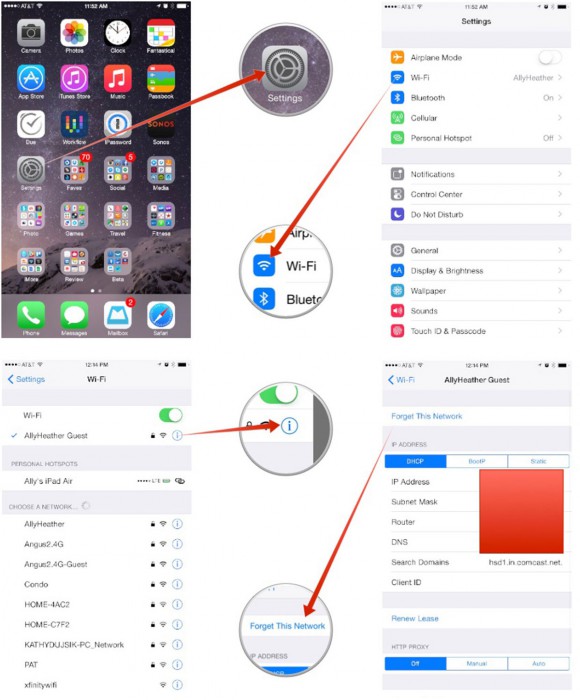

Now, once you unplug and plug back ethernet adapter go ahead and restart your macbook.

Step 2: Then plug it back with your Mac and cable and check the ethernet connection. Step 1: First, you need to unplug ethernet adaptor from your Mac and ethernet cable.

You can check them out in the related knowledge base article.You can try turning on wifi when you are using ethernet and then check if ehterhet cable is working is working and ethernet cable is disconnecting or not on your macbook.

If your Mac's only available Internet connection is Ethernet, you can still fix the issue, but the steps are a bit more involved. Apple fixed the problem for most people quick enough that they didn't even notice there was a problem-assuming they had WiFi Internet access. Your Ethernet port should be working just fine again. Press Return, then enter your administrator account password when promptedĪfter a little Terminal trickery, your Mac's Ethernet port is up and running again.You can fix the problem with a single Terminal command Copy and paste this command into Terminal: sudo softwareupdate -background.If your Mac shows version 3.28.1, here's what to do: What you don't want to see is version 3.28.1.Find Incompatible Kernel Extension Configuration Data in the list on the right.Click Software in the left column to expand its view.Option-click the Apple menu, then choose System Information.You'll need to check your Ethernet kernel extension version to see it's time to do a little under the hood fix. If WiFi is turned on and your Mac has previously joined your wireless network, it's possible your Ethernet port is inactive and you don't even know.Īpple's accidental kernel extension issue disables your Mac's Ethernet port The problem is that Apple tagged the Ethernet kernel extension as invalid. In some cases, that also led to Mac App Store connection issues, but there is a fix. Some Mac users who use wired network connections got an unwelcome surprise recently when Apple accidentally disabled their built-in Ethernet port.


 0 kommentar(er)
0 kommentar(er)
